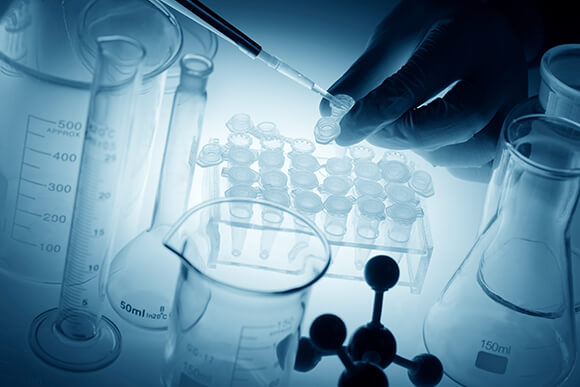
What It Costs to Develop a New Pharmaceutical Drug
The ambiguity and uncertainty surrounding the costs to develop a new pharmaceutical drug often frustrate pharmaceutical companies. Despite what it seems, this isn’t some cheap way for drug manufacturers to avoid the question or a means to increase costs to pocket as profits. The reason why the answer is often so vague and inconclusive is that the cost depends…
Whether it’s a capsule, tablet, cream gel, or lotion, it depends on many extraneous variables. The drug development process is a laborious process that takes an average of several years from the initial discovery of the molecule to clinical trials. Drug manufacturers cannot give you an accurate answer until they know more about your drug’s background information. Read on for a breakdown of how costs are allocated throughout the drug development process.
The Costs to Develop a New Pharmaceutical Drug
The development process involves a lot of resources, expertise, and technical requirements. All of these components must comply with quality standards and regulations. A lot of which increase the costs of development but understandably so. It is a cost we must bear to provide drugs to patients in a safe and protected environment. As a result, the majority of drug development costs go towards the testing done in clinical trials.
1. Pre-clinical Development
This is the stage before clinical trials where the preliminary studies of chemicals that have been synthesized and isolated are screened for approval.
2. Clinical Trials
The average cost of clinical trials across all therapeutic areas in the US was around $30-40 million before approval (Phase 1+2+3). The costs for clinical trials are predicted to increase a few million every year. Clinical trials are a HUGE part of the drug development process and are split into three phases. Each phase is an important milestone in drug development. As we move through the phases, the costs increase concurrently.
Phase I:
Small studies are conducted on healthy participants. This stage is designed to understand the basic pharmacology and pharmacokinetics in humans further. It shows the drug developer how the drug is absorbed, distributed, metabolized, and eliminated by the body.
Phase II:
The second phase moves from targeting small samples of the general population towards groups with the condition of interest.
Phase III:
Largest studies include randomized and double-blind to establish the efficacy of the drug of interest against a given condition. This phase is arguably the most critical phase of the clinical trials as drug regulators will usually require one or more of these trials to approve a drug for market. As a result, Phase III is where the bulk of the money is spent.
3. Other Cost-Incurring Factors to Consider
Aside from the R&D costs, other expenses should be considered. All of the factors below also contribute to important drug development costs.
A. The number of ingredients that goes into producing your drug. The greater your ingredient list is, the more it’ll cost to dispense and manufacture the products.
B. The volume of your product. There are cost benefits associated with high production volume. The more you produce, the more you can exploit the economies of scale.
C. Will your drug require detailed packaging? Unique packaging will capture the eye of the consumer which is especially beneficial for OTC products. The tradeoff is it’ll add to the costs of your final product. As even a minor detail such as the number of different colours on your label will increase total development costs.
D. Quality and compliance also come at a cost. Once you’ve hired a CMO, you’re paying for their expertise in quality and compliance. Excellent service often comes at a cost, but you don’t want to risk investing in a drug that doesn’t meet the standards of the Food and Drugs Act and Regulation.
May 04,2016



